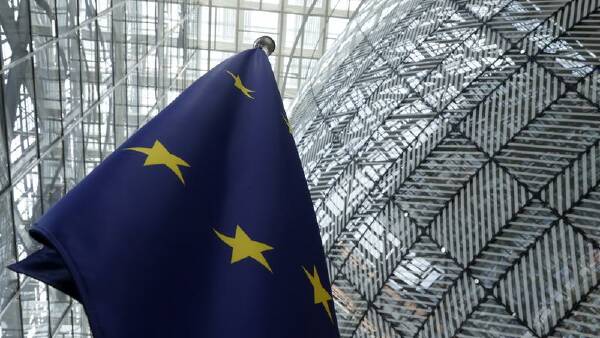The United States and the European Union are advancing towards a pivotal trade agreement that may impose a 15% tariff on EU goods imported into the US, according to statements from diplomats involved in the negotiations. This potential deal comes as both parties aim to enhance their economic relationship amid ongoing global trade dynamics.
Details of the Proposed Agreement
The anticipated trade deal represents a significant step in US-EU relations, which have faced various challenges in recent years. The proposed tariff would specifically target a range of goods, although the exact categories have yet to be disclosed. The intention behind this tariff structure is to create a more balanced trading environment between the two economic powerhouses.
Diplomatic discussions have reportedly intensified in recent weeks, suggesting that both sides are keen to finalize the agreement. The 15% tariff is seen as a compromise that could benefit American producers while allowing EU exporters continued access to the lucrative US market.
Implications for Businesses and Consumers
If implemented, this tariff could have widespread implications for businesses and consumers on both sides of the Atlantic. US manufacturers may experience a boost in competitiveness as they face reduced competition from European imports. Conversely, European businesses might confront increased costs, which could ultimately be passed on to consumers.
Economic analysts are closely monitoring these developments, as the trade deal could play a role in shaping the future of transatlantic trade. The negotiations come at a time when global supply chains are still recovering from disruptions caused by the COVID-19 pandemic and geopolitical tensions.
In summary, while the details of the agreement are still being finalized, the prospect of a 15% tariff on EU imports signals a potential shift in the trade landscape between the United States and the European Union. As diplomats continue to work towards a resolution, businesses and consumers alike will be watching closely to understand the full impact of this evolving trade relationship.





























































